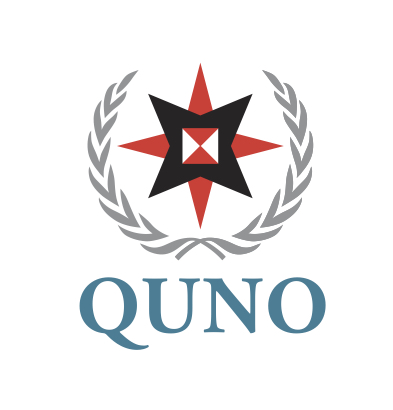While recognition of conscientious objection in national law is a huge step towards ending violations of the rights of those who refuse to fight, human rights based processes need to be in place to ensure that the right can be exercised in practice. On this basis the Human Rights Council mandated a report from the Office of the High Commissioner on Human Rights, delivered in June 2019, that examines barriers to the right to conscientious objection and provides a checklist of recommendations for States when implementing policy. This document is QUNO's contribution to the report.

International Standards on Conscientious Objection to Military Service 2025
This updated paper lays out the ways in which conscientious objection has been recognized and is protected under human rights treaties and mechanisms, taking into account developments in international standards that have occurred since the 2021 edition. These strengthened standards can be used by front line organizations as a tool to limit suffering, improve lives and challenge root causes of injustice. Available in English, Spanish, French, and Russian.
